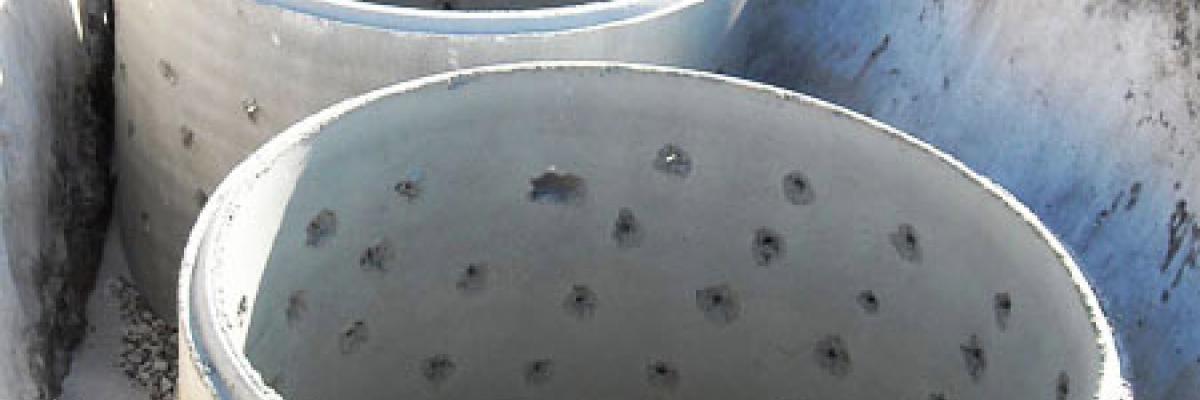Stormwater management is an integral part of housing development. Stormwater needs to be designed so each lot manages and disposes of stormwater without impacting neighbouring lots. The council must approve a stormwater drainage plan for all developments from large subdivisions to additions to individual residential lots. The stormwater disposal method will vary depending on the site conditions.
General Requirements
Where there is an approved drainage strategy over a housing estate, such as an Urban Water Management Plan or equivalent strategic drainage document, it will nominate the method of stormwater disposal
For all other lots, if the lot can demonstrate overland flow to the street, the development shall manage stormwater for a 1 in 20 year average recurrence interval (ARI) event of one hour. In general, overland flow is demonstrated by the sand pad level (SPL) being a minimum 200mm higher than the back of kerb.
If overland flow cannot be demonstrated the development will need to store and release a 1 in 100 year ARI event of one hour.
The way stormwater is disposed of may vary depending on the site conditions which will be defined in a geotechnical report.
Note: stormwater should not enter buildings in 1 in 100 year event and these requirements will help achieve this.
Soakwells for Sandy Sites
Based on the geotechnical report recommendations, a development may be suitable for stormwater disposal via soakwells.
- Soakwells retain stormwater onsite and empty by allowing infiltration into the surrounding sandy soils.
- There shall be minimum 0.5m clearance from the base of the soakwell to the maximum groundwater level (or low permeability clay layer).
- The capacity of the soakwells should be determined by the City’s stormwater design calculator, which can be found on the City’s website.
When designing the soakwell system refer to:
- Standard drawing ES39: for lots greater than 350m2
- Standard drawing ES40: for lots less than 350m2.
Sealed Tanks for Clayey and/or Silty Sites
The geotechnical report, may recommend that the site is not suitable for onsite disposal of stormwater via soakwells. This may be due to poorly infiltrating soils or a high maximum groundwater level. In this case, sealed tanks shall be used.
Sealed tanks will detain stormwater onsite and discharge into the City’s drainage system at a controlled rate through a restricted outlet orifice. The orifice size is based on predevelopment flow rates to help prevent overloading the existing council drainage infrastructure. The tank capacity and orifice size should be determined using the City’s stormwater calculator.
Pipe invert levels should be located at the base of the tanks but above the council drain, as sealed tanks can only empty through the interconnecting pipes.
ES41 Stormwater disposal clay soil standard drawing
More information
- Frequently asked questions about residential drainage
- Stormwater disposal on sandy site > 350m2
- ES39 Stormwater disposal sandy soil standard drawing
- Stormwater disposal on sandy site < 350m2
- ES40 Stormwater disposal lot connection pit standard drawing
- Stormwater disposal on clay or silt soils
- ES41 Stormwater disposal clay soil standard drawing
- ES50 Standard Drainage - Lot Connection
- ES50B Standard Drainage - Lot Connection - Single
